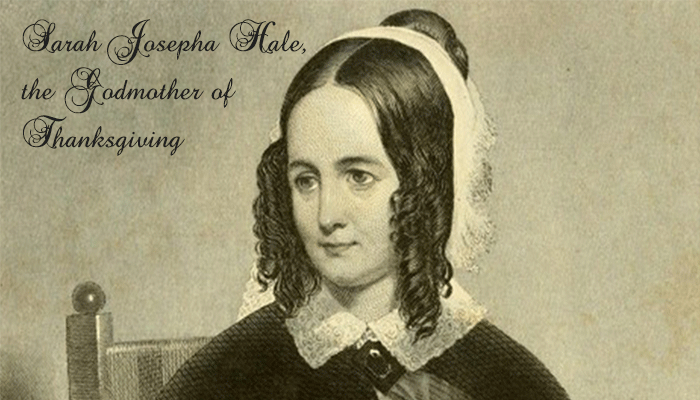
by Elizabeth Campbell
Many people associate the first Thanksgiving with the pilgrims, the Mayflower, and the Native Americans. However, the first celebrated day of thanksgiving was actually from a proclamation given by President George Washington as a way to give blessings and thanks to God for the country and freedoms the citizens had. While he was the first to proclaim a national day of thanksgiving, he did not create a long chain of unbroken presidential proclamations. In fact, it wasn’t until President Lincoln gave his second Thanksgiving Proclamation of 1863 that there was a string of unbroken celebrations.
Washington’s first declaration for a national day of thanksgiving was based on prayer to God, although his statement did remain secular without referencing a specific religion, and it was to be celebrated on the last Thursday of November.
While Lincoln was president, days of thanksgiving were declared by him and Jefferson Davis for their respective sides of the war, the Union and the Confederacy, after strong military victories. However, Lincoln’s proclamation for a day of thanksgiving after the victory in Gettysburg was the last divisive day of thanksgiving he proclaimed. Two months later in 1863, the bloodiest year of the Civil War, Lincoln proclaimed a national day of thanksgiving for both the Union and Confederacy for the last Thursday of November, as Washington originally proposed, and it would be a day to give thanks to God for another day in America, another harvest, expansion of the country, and a growing population.
Lincoln did not come up with this idea himself, however. Sarah Josepha Hale, a woman who is not recognized for her great accomplishments as a 19th century feminist and editor, is known as the godmother of Thanksgiving because of her profound influence on American culture to celebrate the holiday nationally.
“Mary Had a Little Lamb”
For a little background on Mrs. Hale, she is the author of “Mary Had a Little Lamb,” editor of Godey’s Lady’s Book, an advocate for women’s rights, especially to an equal education, and an abolitionist. Some of Hale’s major achievements as an advocate for women’s rights were leading the fight to gain property rights for married women, allowing women to be public school teachers, supporting a medical education for women, creating the first ever day-care for small children, and even helping found Vassar College, the first college for women.
While Hale’s list of accomplishments runs long, what she should be thanked most for is her influence in the creation of Thanksgiving as a national holiday. During her time as editor of Godey’s Lady’s Book, the magazine became the most widely read periodical in the U.S. as the Civil War approached. Her focus was on all things Americana, and what is more American than reuniting with family around a table for a very large meal? To Mrs. Hale, Thanksgiving was the epitome of Americana culture and patriotism, and should be recognized along with George Washington’s birthday and Independence Day as a national holiday.
Her fight to turn Thanksgiving into a national holiday began as a cultural influence in the homes of average citizens. While many states had already established a day of thanksgiving, her magazines influence expanded the holiday as far south as Mississippi and Arkansas in 1847, and as far west as California in 1849. Her magazine would be focused on all aspects of the culture of Thanksgiving including recipes, décor, short stories, and editorials to encourage the celebration of the holiday. While she tried to influence presidents before Lincoln, Lincoln was the one she finally got through to.
After the bloodiest year of the Civil War in 1863, Hale wrote a letter in private to President Lincoln calling for the celebration of Thanksgiving as a nation not divided. She called for the “Union Festival of America” and a celebration of a day of National Thanksgiving from ALL states, both Union and Confederate. Lincoln made a wise decision to proclaim this national day of thanksgiving and make it as it was originally intended; a day of giving thanks to God for the freedoms and blessings each individual was given in America.
Lincoln issued another national day of Thanksgiving in 1864 for the last Thursday of November. These two consecutive years of Thanksgiving were the first of an unbroken streak ever since. Although Hale did not live to see Congress pass Thanksgiving as a national holiday in 1941, she was alive to see her campaign catch fire from President Lincoln and create a tradition of celebrating a day of giving thanks.
As we celebrate Thanksgiving this year, let us not forget that the first in this long, continuous streak of this day of thanks was during the height of the most divided period of American history. Let us come together and be thankful for the many blessings we have, such as a prosperous country, our family and friends, and the enormous plates of food before us. I mean, what is more American than gorging yourself with food and watching football with family and friends?
All information in post derived from Melanie Kirkpatrick’s book “Thanksgiving: The Holiday at the Heart of the American Experience”
